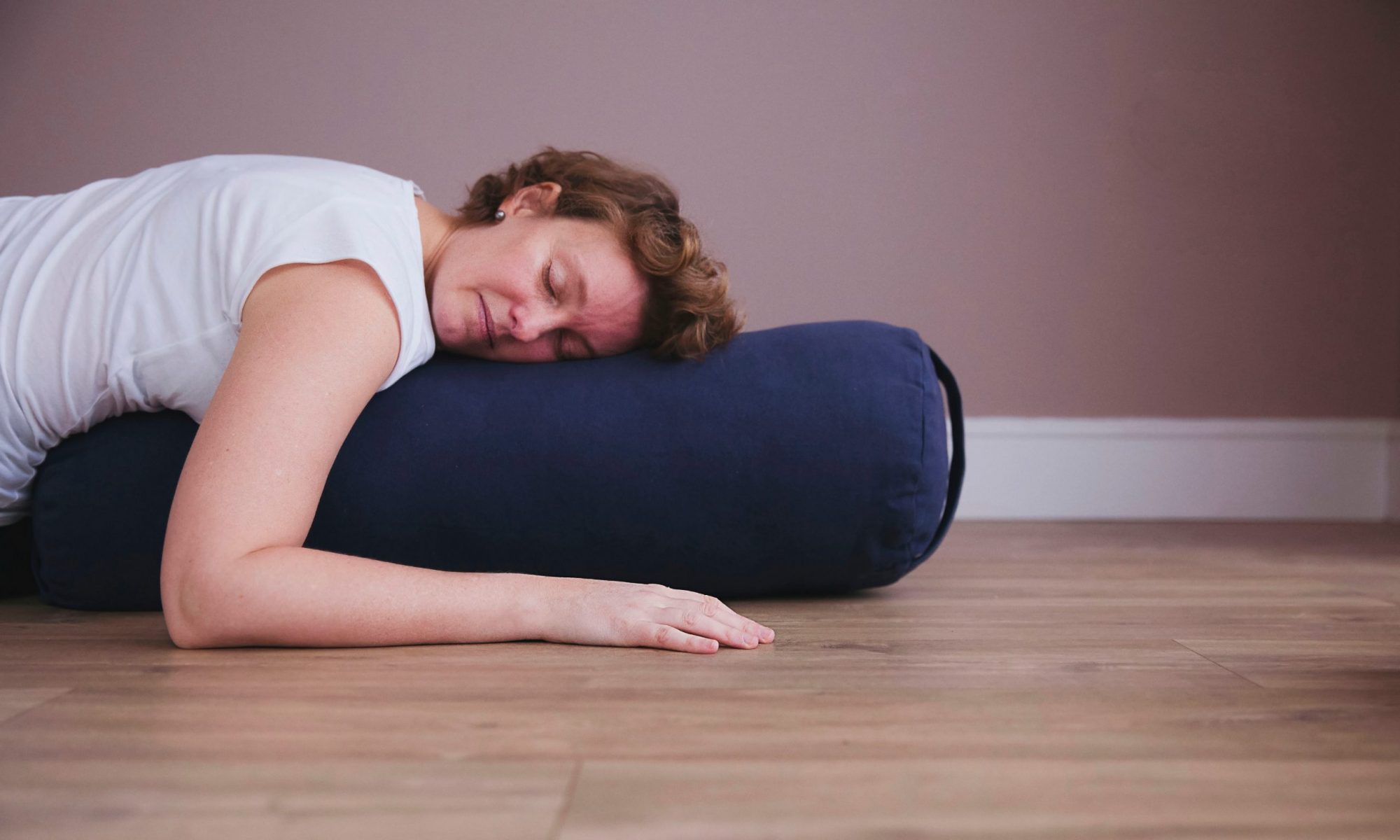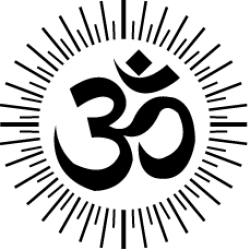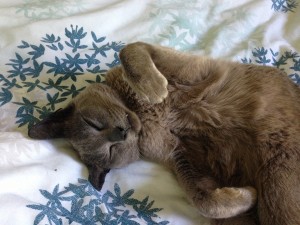Every morning I lay my son’s clothes out to help him get dressed. It was PE day so it was navy tracksuit trousers. Once dressed, he headed downstairs and was dancing to the radio. The bottoms of the trousers were above his ankles.
“Oh Jacob, I think you’ve got your sister’s tracksuit trousers on,” I said.
“But you laid them out for me,” he replied. I told him I’d made a mistake. I’d got them mixed up.
This stopped him mid dance move. He spun around to look at me, eyes and mouth wide open. “But you’re a grown-up,” he exclaimed in shock. “Grown-ups don’t make mistakes!”
I was blowing this six-year-old’s mind.
His response really surprised me. I explained that we all make mistakes and that no one is perfect.
It made me realise we need to show our imperfections more. The pressure we put on ourselves and, as a result, those around us isn’t realistic or attainable. It’s about being kind to ourselves.
In an entertaining podcast with Brene Brown, she talks about whether people are honestly doing the best they can. She carried out research and found that those who thought others weren’t, tended to be harder on themselves. They lacked self compassion.
Jacob now knows about my recent speeding ticket and that the police told me off. When he asked whether I was going to jail, I reassured him that probably wasn’t going to happen.
Let’s hope I’m not raising future criminals…
If you feel ‘off track’, remember that there is no ‘track’. This is your life. It ebbs and flows, twists and halts and speeds up. It all belongs. Stop trying to be a robot who is productive and perfect all of the time. You’re not a robot. You’re a human. Be alive to it all.
Jamie Varon
Yin yoga workshops in St Albans
My next yin yoga workshop will be on Sunday 14 May.



